Rebecca Green travels to France’s Les Landes forest to experience the “palombière” - a fascinating form of pigeon shooting entirely alien to us in the UK
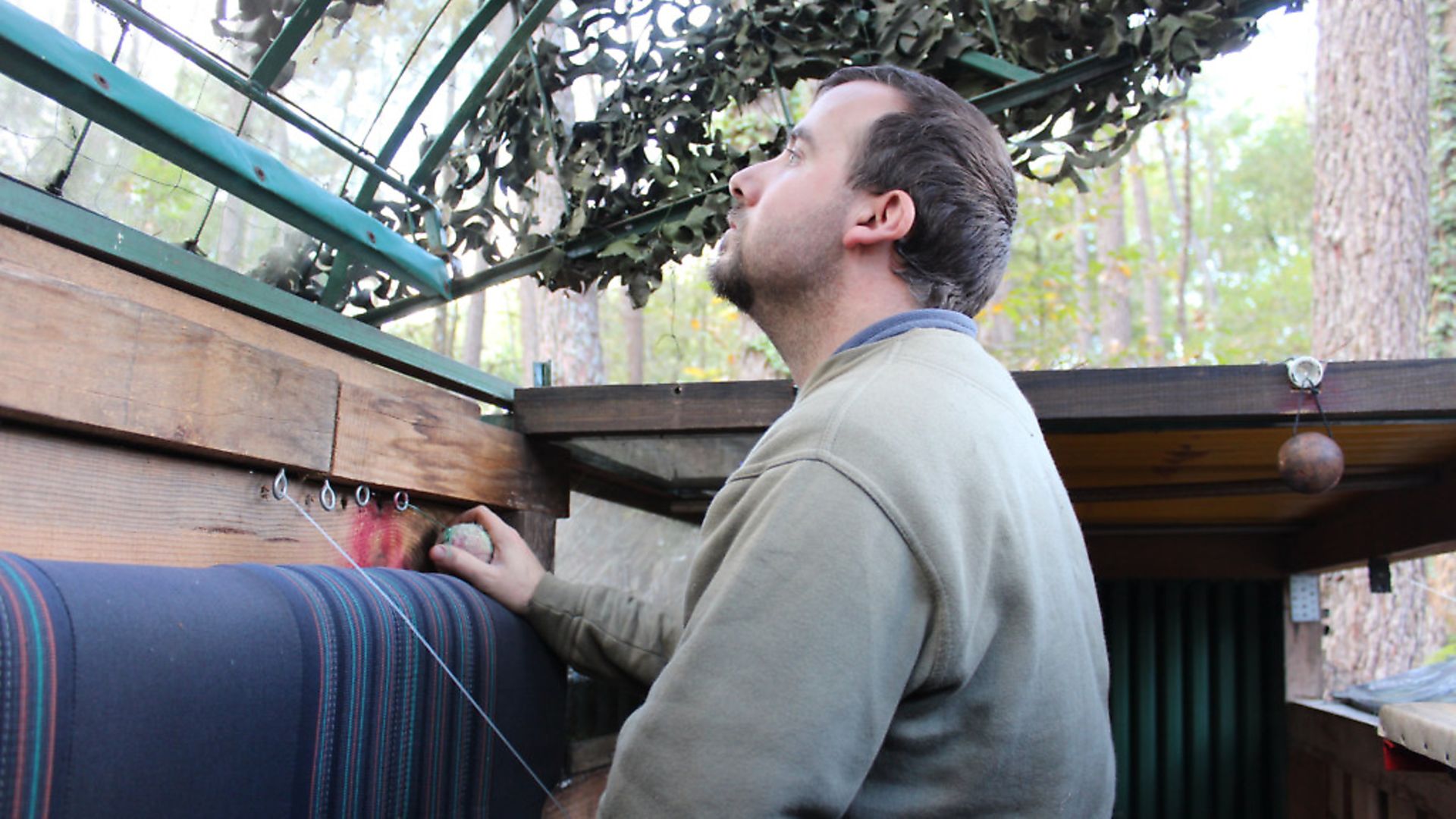 credit: Archant
credit: Archant
Picture the hunting traditions of France and you might conjure up an image of wild boar charging through vast pine forests, the French hunting horn or impressive ceremonies to honour shot game. You probably wouldn’t imagine a group of shooters hiding in an elaborate network of forest tunnels, trying to entice migrating pigeons to land in the trees, either to shoot or net them. It may sound far-fetched, but it’s one of the oldest, most important and most eagerly anticipated forms of hunting in south-west France.
This type of chasse a la palombe, or pigeon hunting, takes place in France’s Les Landes – the largest connected forest in Europe – for six special weeks during October and November. The aim is to shoot, or net, some of the millions of pigeons migrating each year from countries like Scandinavia, Russia and the Ukraine, by luring them to stop in the trees to feed and rest. I joined a group of hunters at their palombière in Lot-et-Garomme to find out more about this unusual and time-honoured form of pigeon shooting.
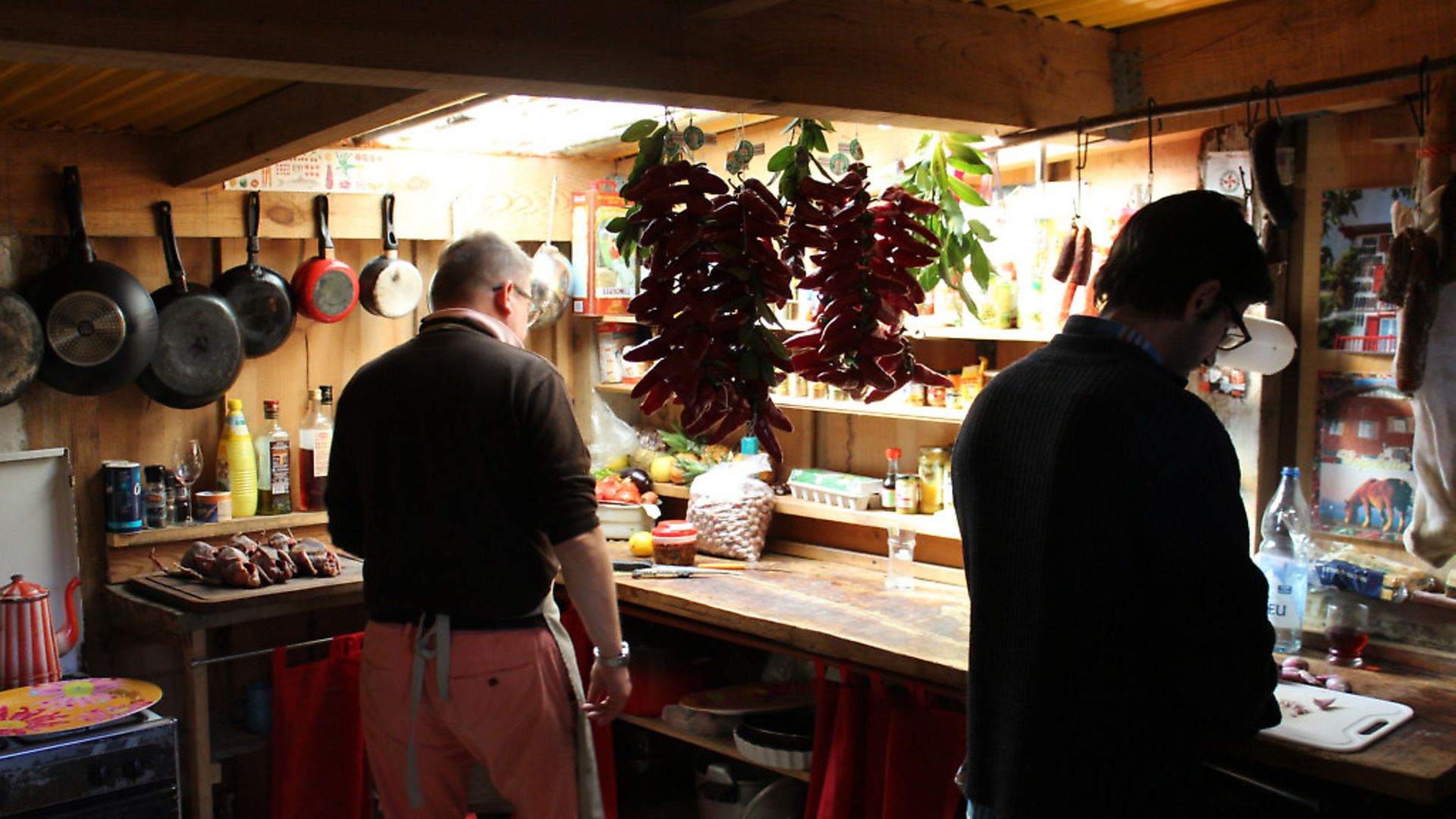 credit: Archant
credit: Archant
THE PALOMBIERE
So what exactly is a palombière? Essentially it’s a cabin, hidden in the pine forest, from which a network of tunnel-like covered corridors extends, allowing the hunters to move in silence around the woods, undetected, as they try to shoot or catch the palombes (pigeons).
The cabin set-up varies – some are fully equipped with beds, electricity, toilets and fully-stocked kitchens, others are more basic. What they all have in common is that they are the nerve centre of the palombière, from which a watchman looks out for approaching pigeons from a specially-designed look-out post.
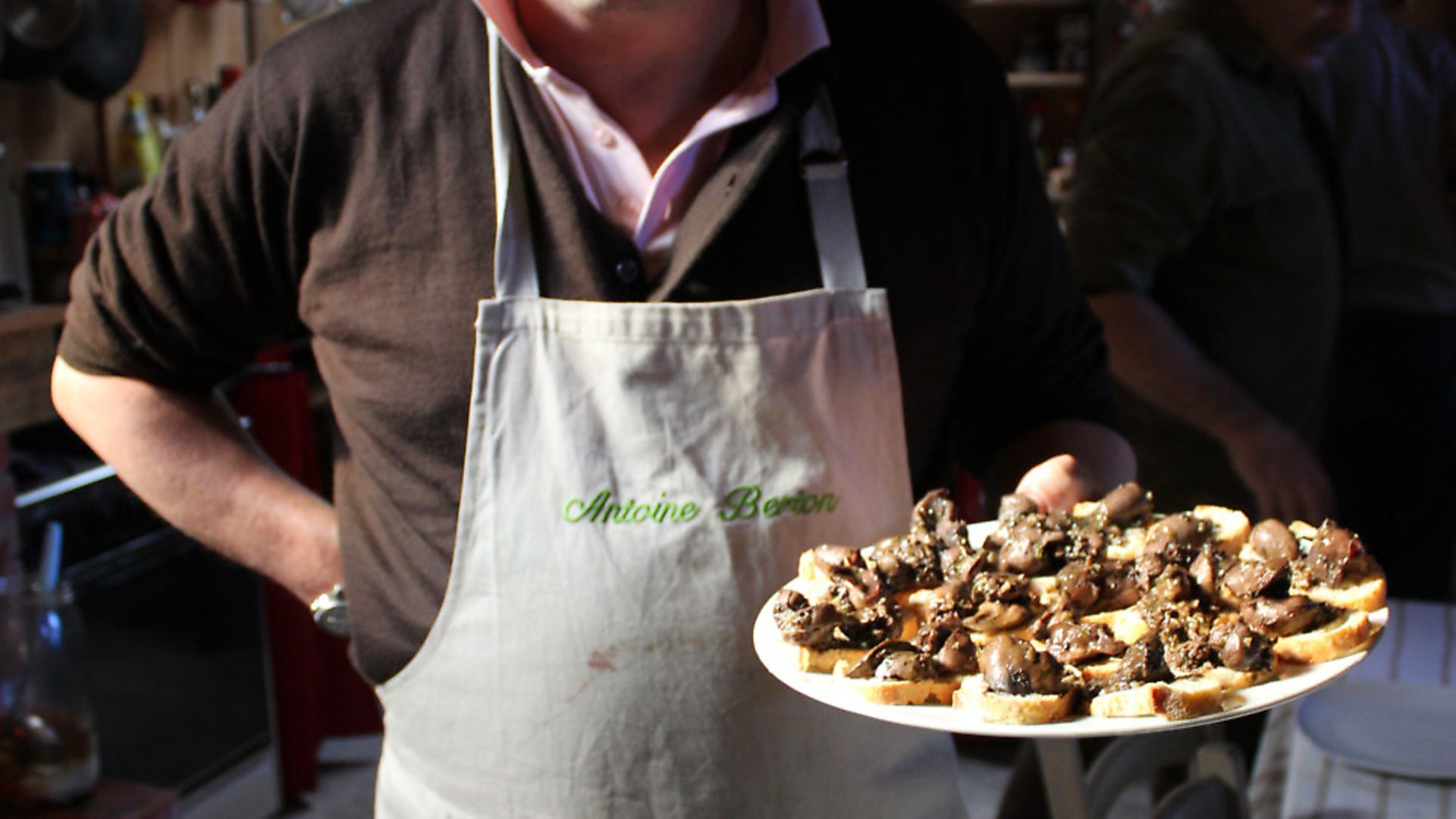 credit: Archant
credit: Archant
THE DECOYS
Strategically positioned high up in the trees surrounding the palombière are a number of live birds, designed to act as decoys by attracting the migrating pigeons to stop off and feed. This is the part that may sound strange to us over on the other side of the Channel. These decoy birds are secured to a sort of perch that is hoisted up into the tree tops via a pulley system at the start of each day.
In this particular palombière, there are around 30 appelants, or call birds, in the trees. Some are simply stationary, others are connected via strings back to the look-out post, from where they can be ‘flown’ from one tree to another or made to flap their wings as the migrating pigeons approach.
The strings are controlled by the watchman, whose job it is to keep a constant eye on what is happening. He is assisted by the presence of a ‘spy’ bird positioned in front of the look-out, which can alert members to approaching pigeon they may not have seen, or even a bird of prey being present.
The look-out post must be manned constantly and although the design affords a 360° view, it is well camouflaged and there is a hood which can be lowered if birds are flighting over. At the end of the six-week season the decoy birds, which are all kept well fed and watered and housed overnight, are either released or kept for another year – they are not shot.
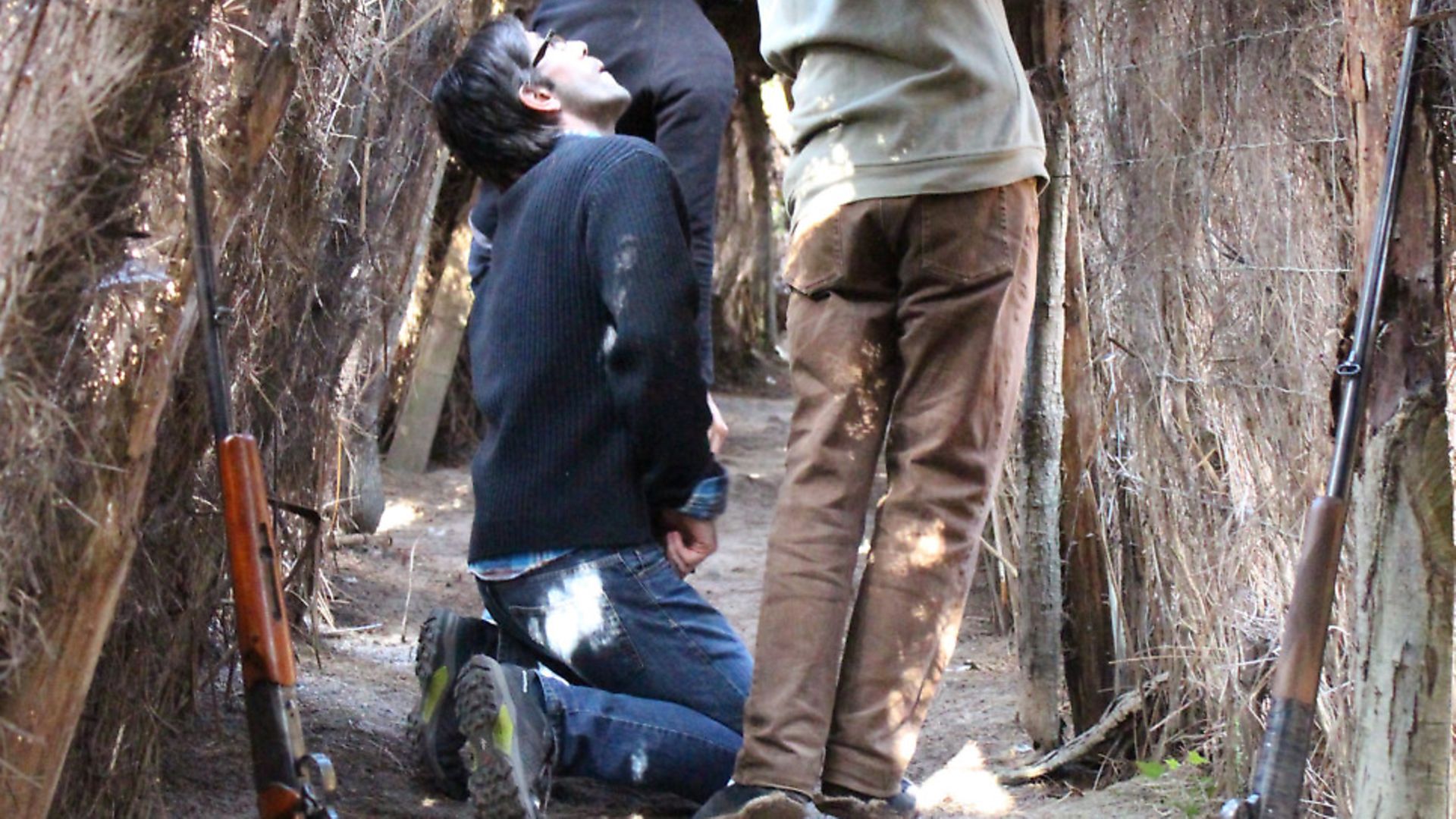 credit: Archant
credit: Archant
PALOMBIERE ACTION
So that’s the basic premise, but what’s it actually like I hear you ask? Well from the moment I arrived, as a guest of the palombière members, I knew this was something special. For starters, you don’t just rock up and go in. Once you’re in the woods, silently approaching the palombière, you have to give a special call to those already there to see if it is okay to enter – you don’t want to spook any pigeons that might have landed and are about to be shot or netted. If you receive a response then you may proceed to enter something akin to the ultimate woodland ‘den’ – a huge network of tunnels constructed from wood and wire, covered over with woodland foliage. As we opened one of the entry doors to the camouflaged tunnels, I felt a bit like Alice in Wonderland, entering a secret world and unsure what I would find on the other side.
Crouching, we made our way along the dimly lit tunnels – the roofs are not solid (you need to be able to peek out and shoot through them) so some daylight filters through – until we reached the cabin. Opening the door reavealed a rustic cabin, with a huge roaring log fire, dining and seating area, and a kitchen containing all sorts of French delights – saussison sec, strings of garlic and chillies, oils, breads and, of course, plenty of game and wine.
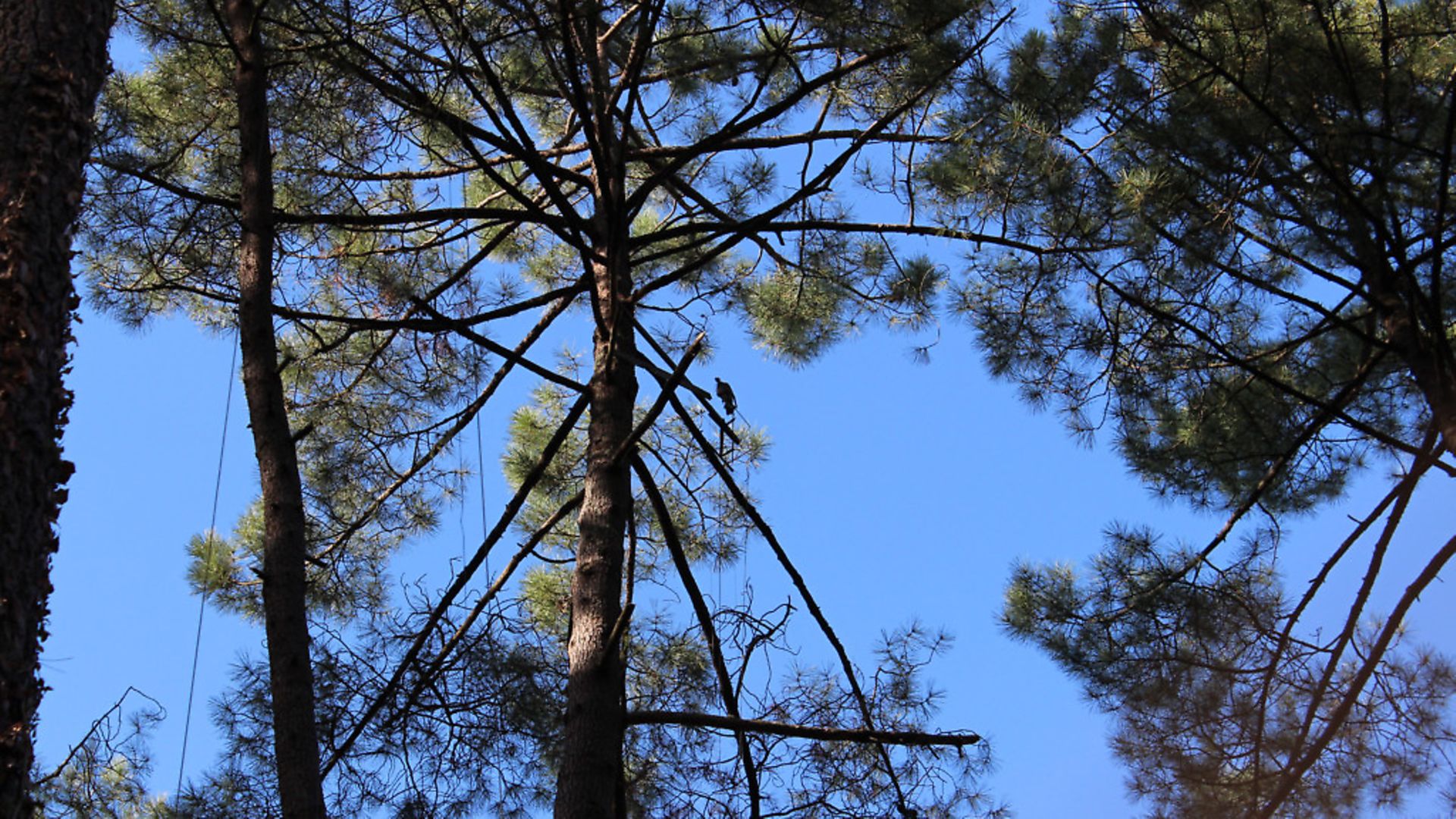 credit: Archant
credit: Archant
FOOD GLORIOUS FOOD
I quickly realised that the culinary aspect of life in this particular palombière is just as important as the pigeon shooting and just as ceremonial, representing, as it does in France, the union of good friends. During the two days I am there, we dine like kings on fresh seafood and French delicacies such as tapas d’abats de palombes (canapés made with pigeon heart, liver and stomach), bécasse à la ficelle (a traditional woodcock dish cooked on the open fire), and of course, plenty of pigeon, bread, wine and cheese.
Antoine, one of the members, spends many hours carefully preparing each dish. He tells me: “The palombière is part of a philosophy of France. It’s about hunting, cooking and the coming together of a community that is spread apart during the rest of the year”. Such is the importance of the chasse à la palombe that many factories in this area close, and people save all their holiday for October, simply to spend it at their own palombières.
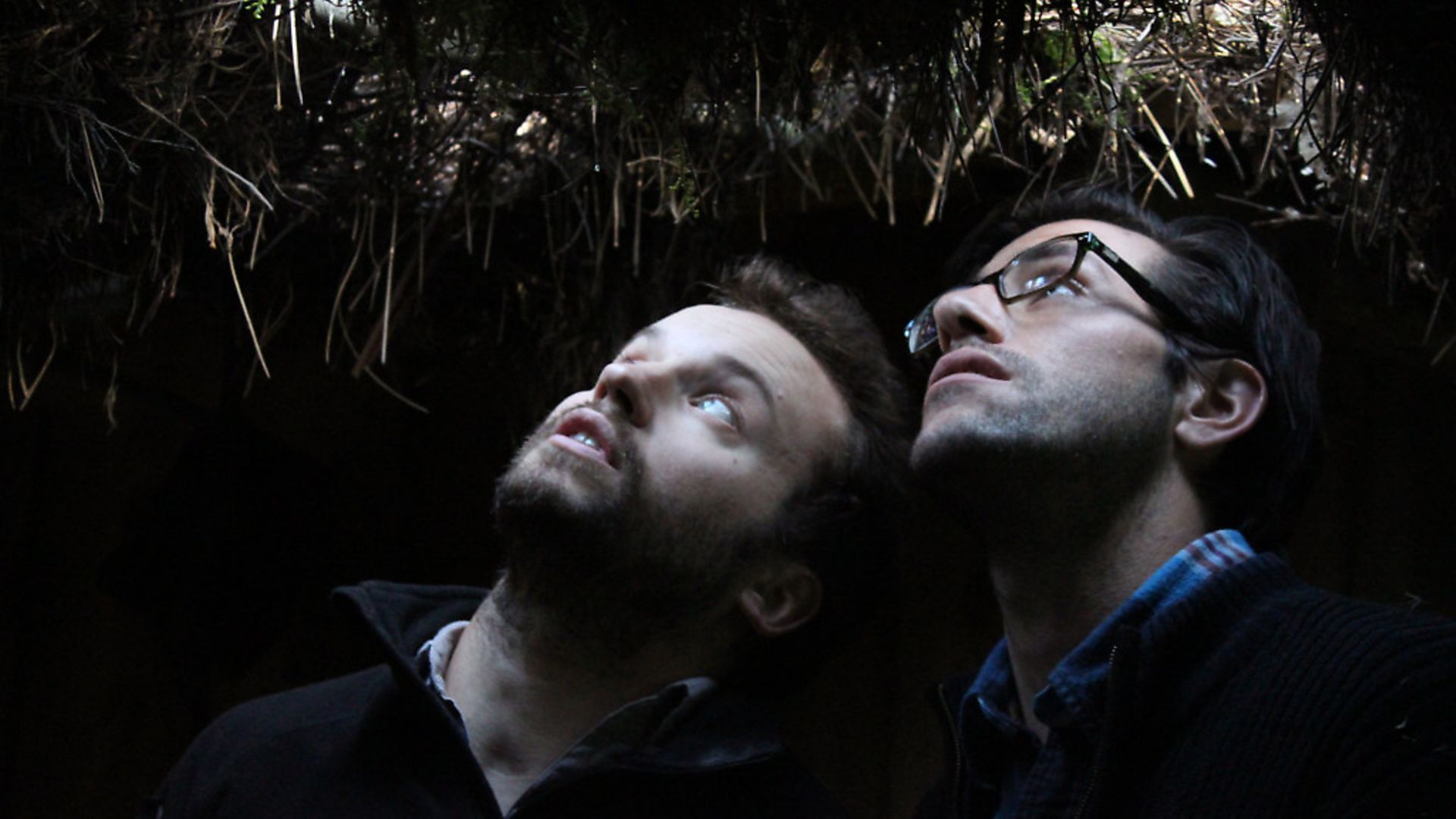 credit: Archant
credit: Archant
THE SHOOTING
The ceremonial significance of eating and drinking may be strong, but don’t let that fool you. The business of spotting and shooting or netting the palombes is a very serious one. Just above the kitchen and dining area is the watch post, from where the main watchman, Pierre-Luc (or ‘Hawke Eye’ as he is also known!), Sebastien and other members keep a constant watch for pigeons. If any land in the trees, a whistle goes out to the other members down in the cabin to keep quiet and the atmosphere instantly changes from one of relaxed chatter to hushed excitement.
Depending on how many palombes have landed, one or several people will quickly and quietly leave the cabin, collecting their single-barrel shotguns on the way, and head out into the tunnels to position themselves accordingly. A single-barrel gun is used because when shooting at a stationary bird in the trees, you only get one chance, and so, hopefully, does the pigeon.
Again, shooting at a sitting target is not something we normally associate with pigeons in the UK and you’d be forgiven for thinking it is easy. It is not. Birds can be up to 35m high and, to the untrained eye at least, it is incredibly easy to mistake them for the huge pine cones also adorning the branches. And heaven forbid you shoot a decoy bird by mistake.
On top of this, you are normally kneeling down, craning your neck to see through a tiny gap in the tunnel roof, through which you must poke the barrel of the gun. It does not make for comfortable or easy shooting, but the sense of anticipation and the precarious nature of only having one chance certainly makes it exciting.
If you are shooting alone, you shoot when you are ready, but if there are several pigeon to be shot at once it gets complicated. This is known as a patak, or group shot. In this case, tradition dictates that your spotter (Pierre-Luc in our case) will then take you through the following sequence: “Prêt, prêt?” (ready, ready?). He will then whistle twice, followed by a long “Aaaa….Ouuuu” sound and all shooters have to shoot in unison between the two vowels. Shots must be fired simultaneously, otherwise one shot will spook the other birds and the chance will be lost.
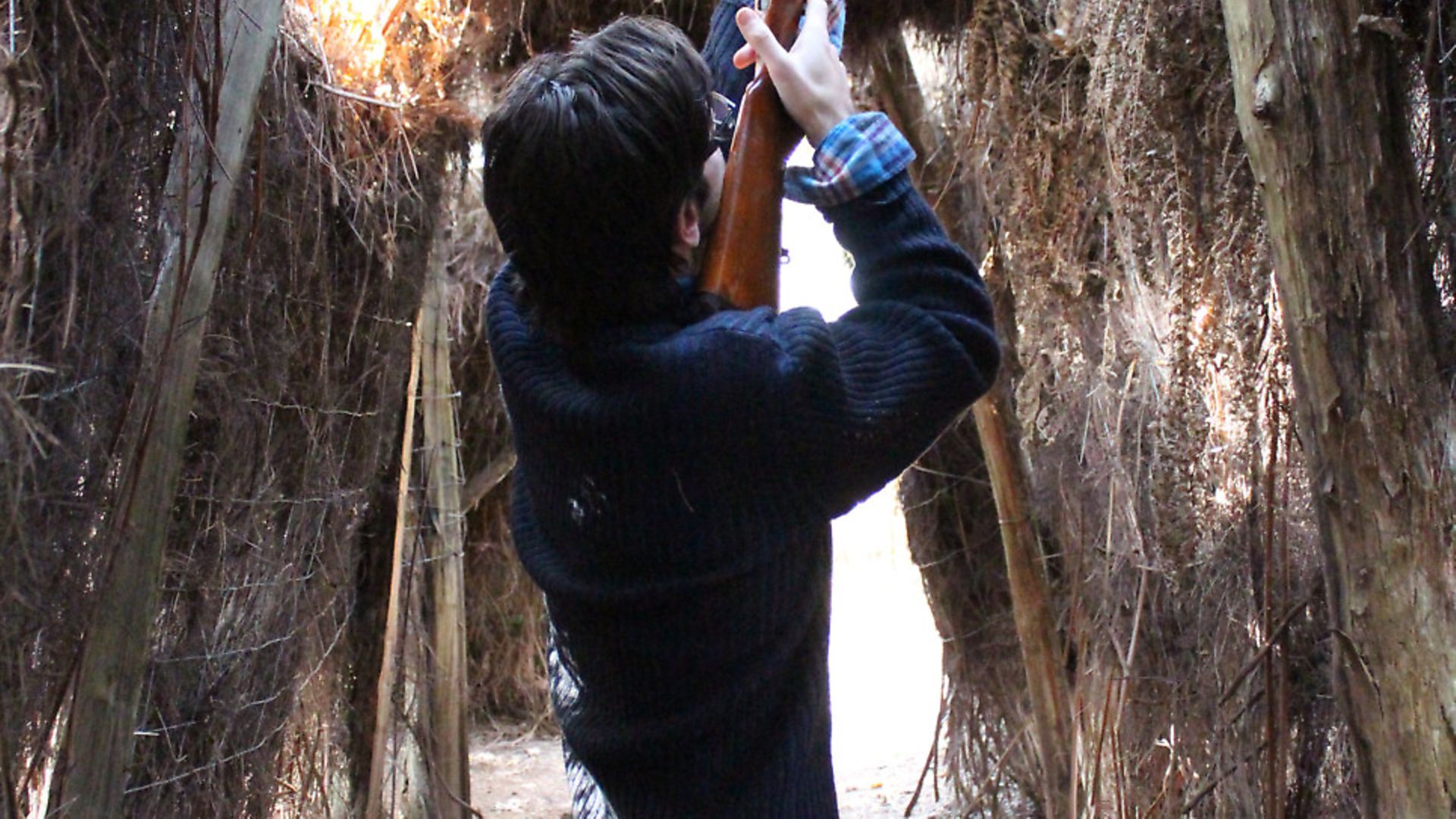 credit: Archant
credit: Archant
NET GAIN
The other almost unbelievable aspect of this traditional sport is that the ultimate challenge is not to shoot the pigeons but to entice them onto the ground and catch them in a large net (this is how most of the decoy birds are caught).
If the birds land low enough, near a netting site, the decoy birds are ‘worked’ to try and encourage the pigeon onto the forest floor to eat. Even if they do land, manually operating the net via a lever in the tunnel is tricky business and the palombes can still escape.
But non-stop action it is not. A day spent at the palombière is divided between keeping a constant vigil for pigeons, preparing meals, eating them in front of the glorious fire, and drinking… all interspersed with moments of intense excitement when the pigeons land. It couldn’t be more different from the pigeon shooting we do back home, where you might shoot 150 birds over the course of a day. Here, that’s the average over the six-week period – all of which go into the pot, of course. As Antoine puts it: “There is zero stress to hunting here, like this. It’s the sort of hunting that makes you feel very emotional.”
Dinners go on long into the night and there is a steady stream of guests during the two days I am there, creating a convivial atmosphere. The weather is glorious – crisp, bright and cold – and sitting in the look-out post surrounded by the pine forest, with a strong coffee or aperitif and the unmistakeable aromas of French cooking wafting up from the kitchen, is incredibly relaxing. Add to this the joy of experiencing a way of hunting that is so integral to the French way of life and I would highly recommend you jump at the opportunity to take part, should you get the chance.
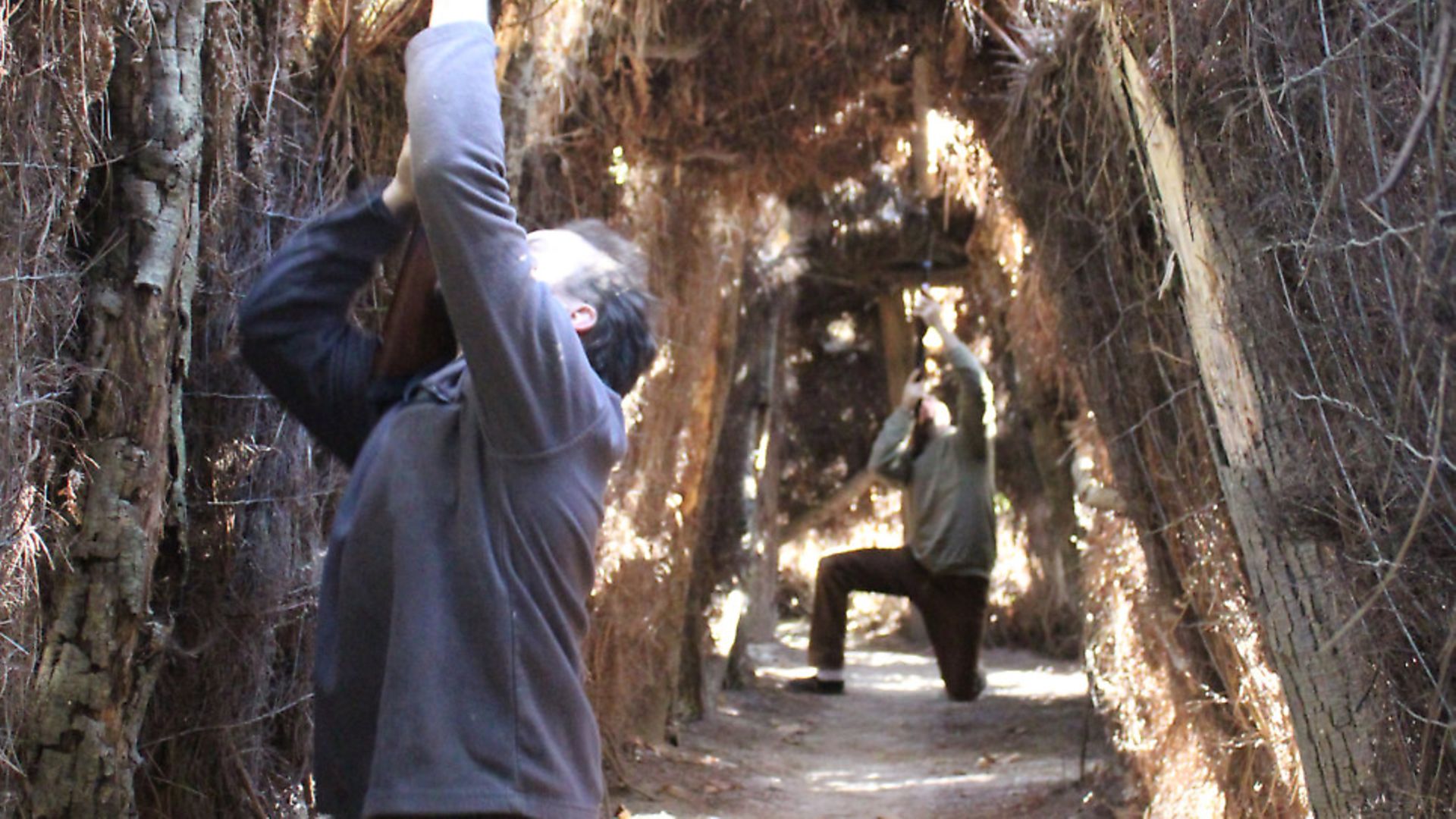 credit: Archant
credit: Archant
Having experienced all that the palombière has to offer its members and guests, I can understand why this hunting tradition has stood the test of time. As Antoine says, it’s about so much more than just the hunt. It’s a chance for friends to come together, leave the rat race behind, and enjoy the deeply-rooted rituals of hunting, eating and drinking. When you put it like that, it doesn’t sound so strange after all.
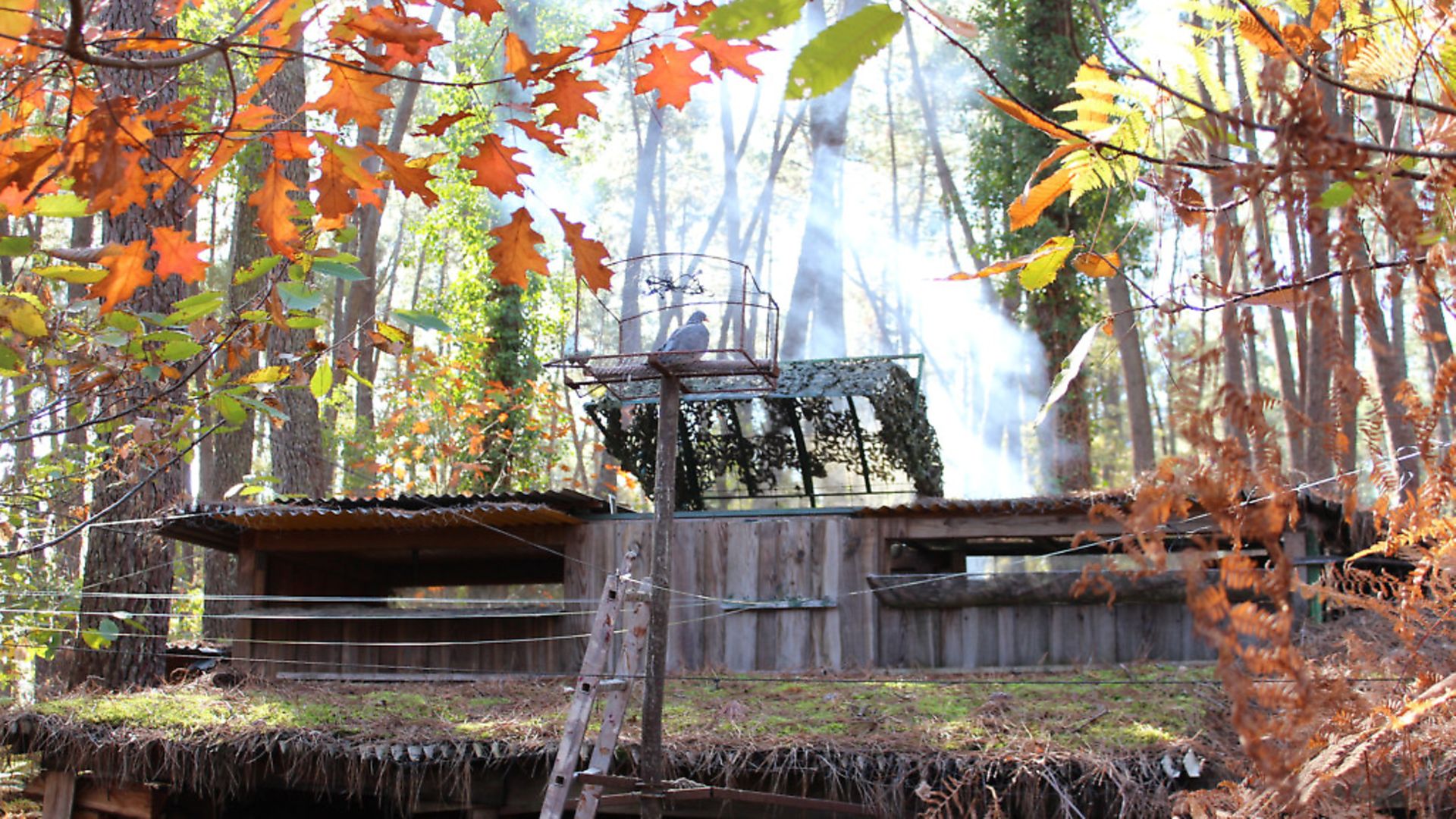 credit: Archant
credit: Archant
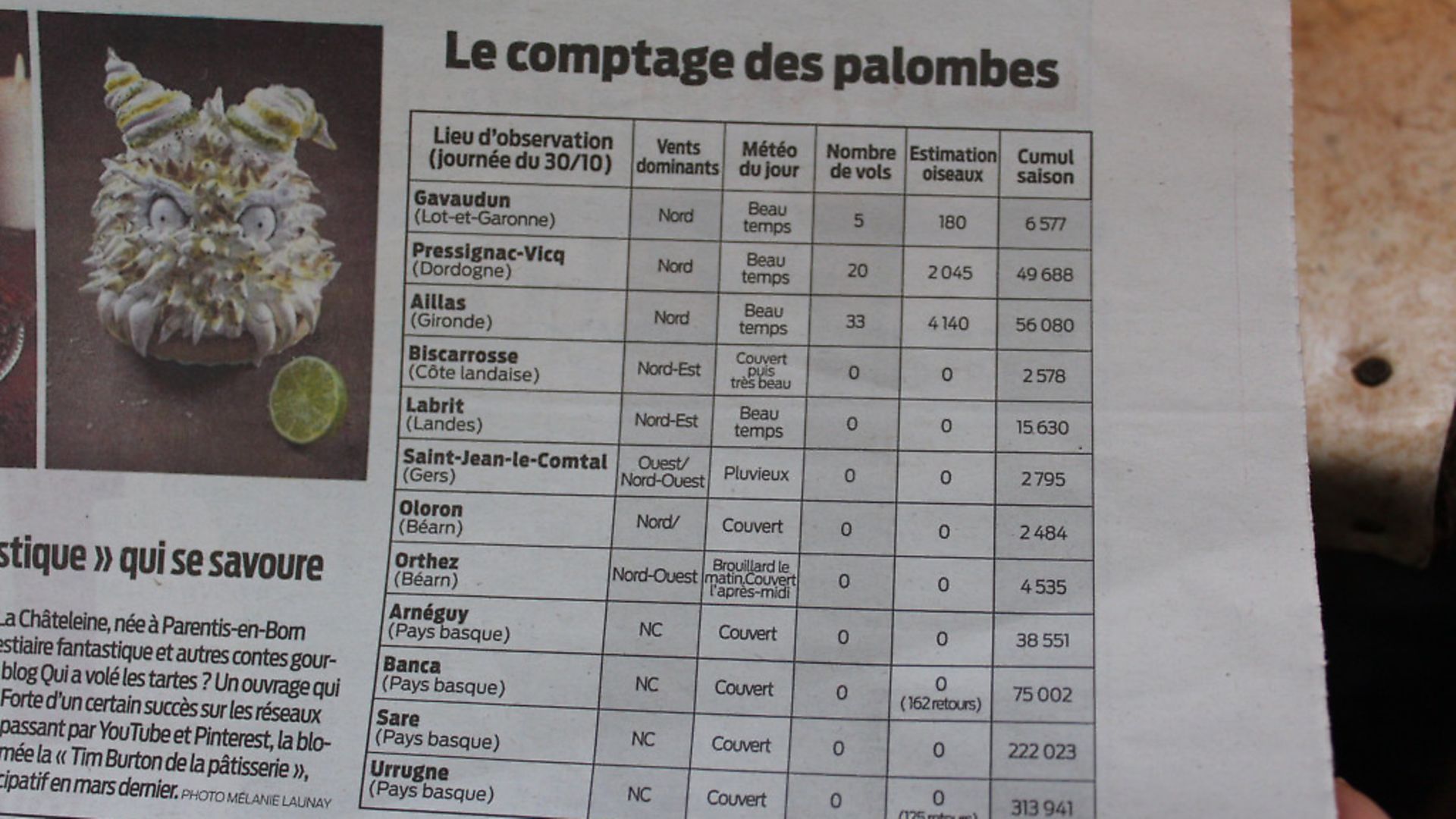 credit: Archant
credit: Archant
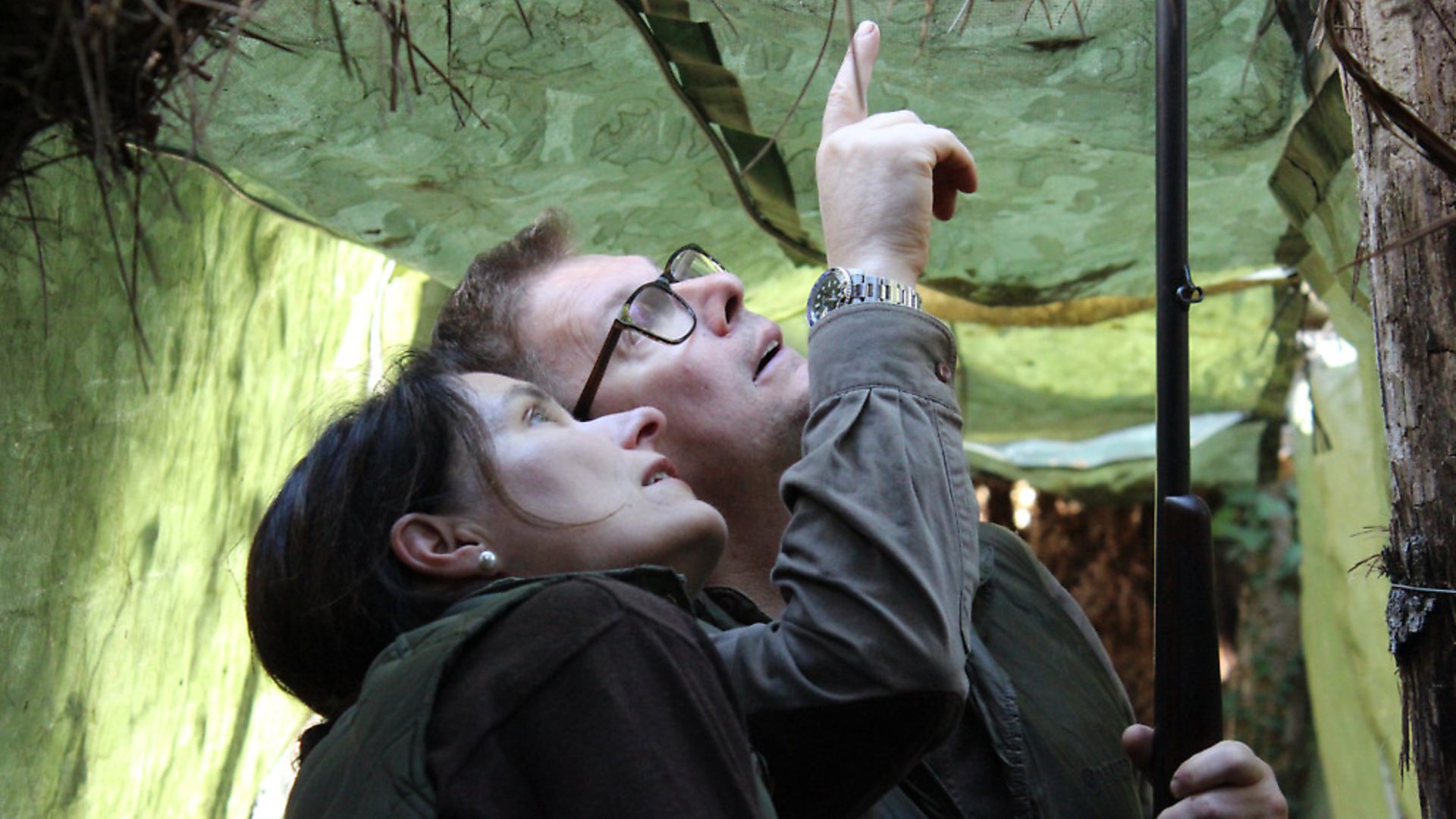 credit: Archant
credit: Archant
 credit: Archant
credit: Archant
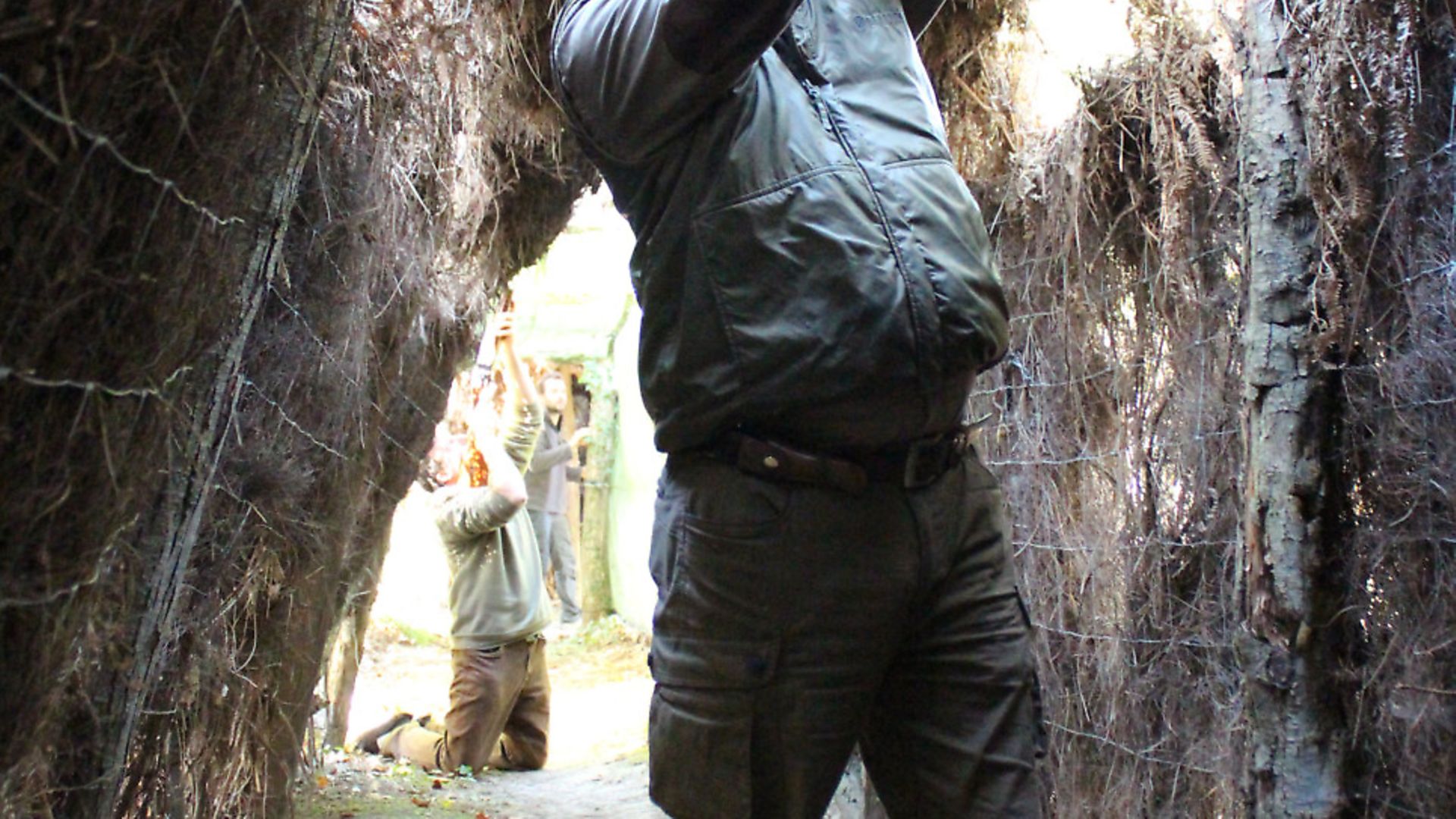 credit: Archant
credit: Archant
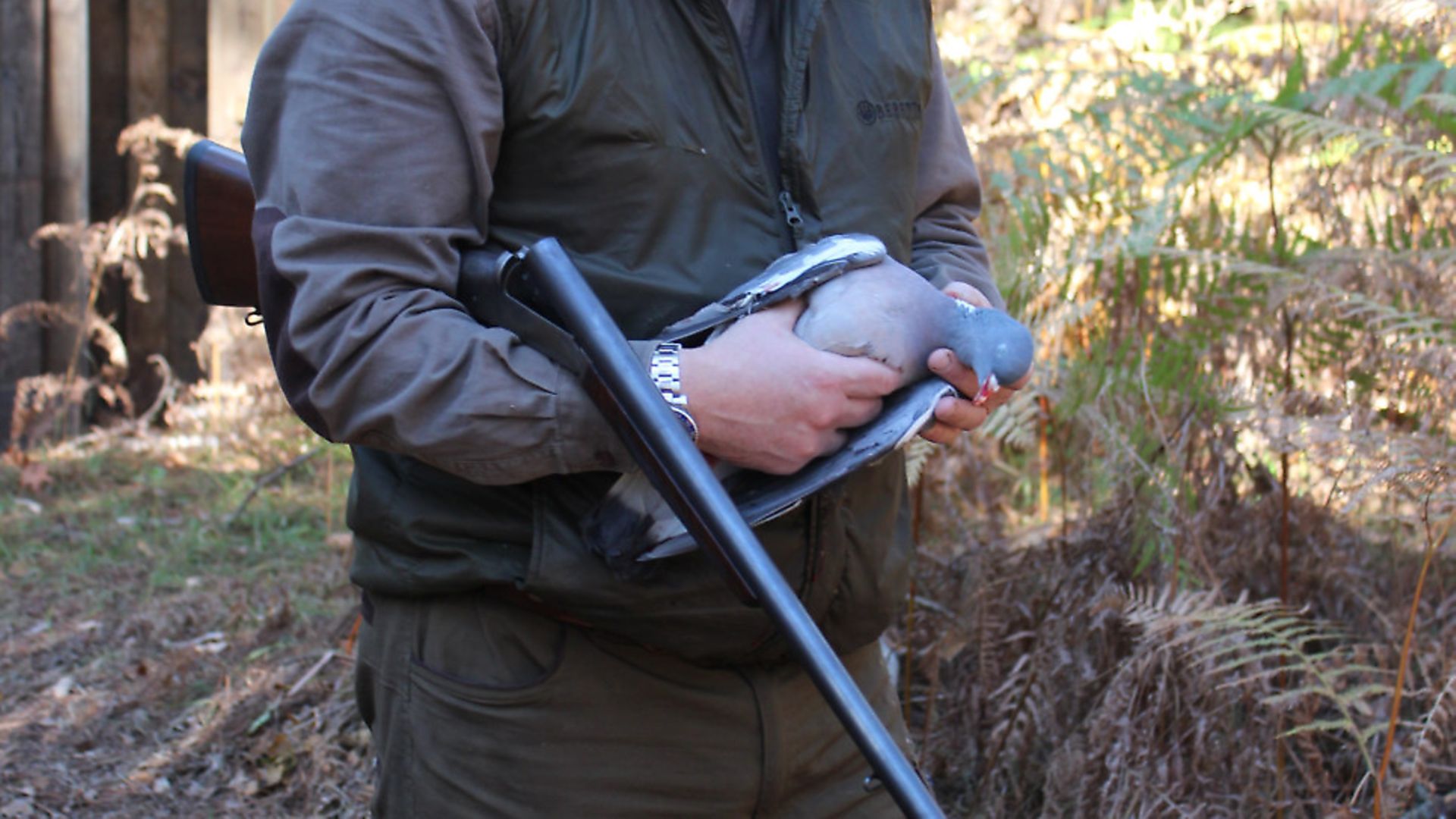 credit: Archant
credit: Archant
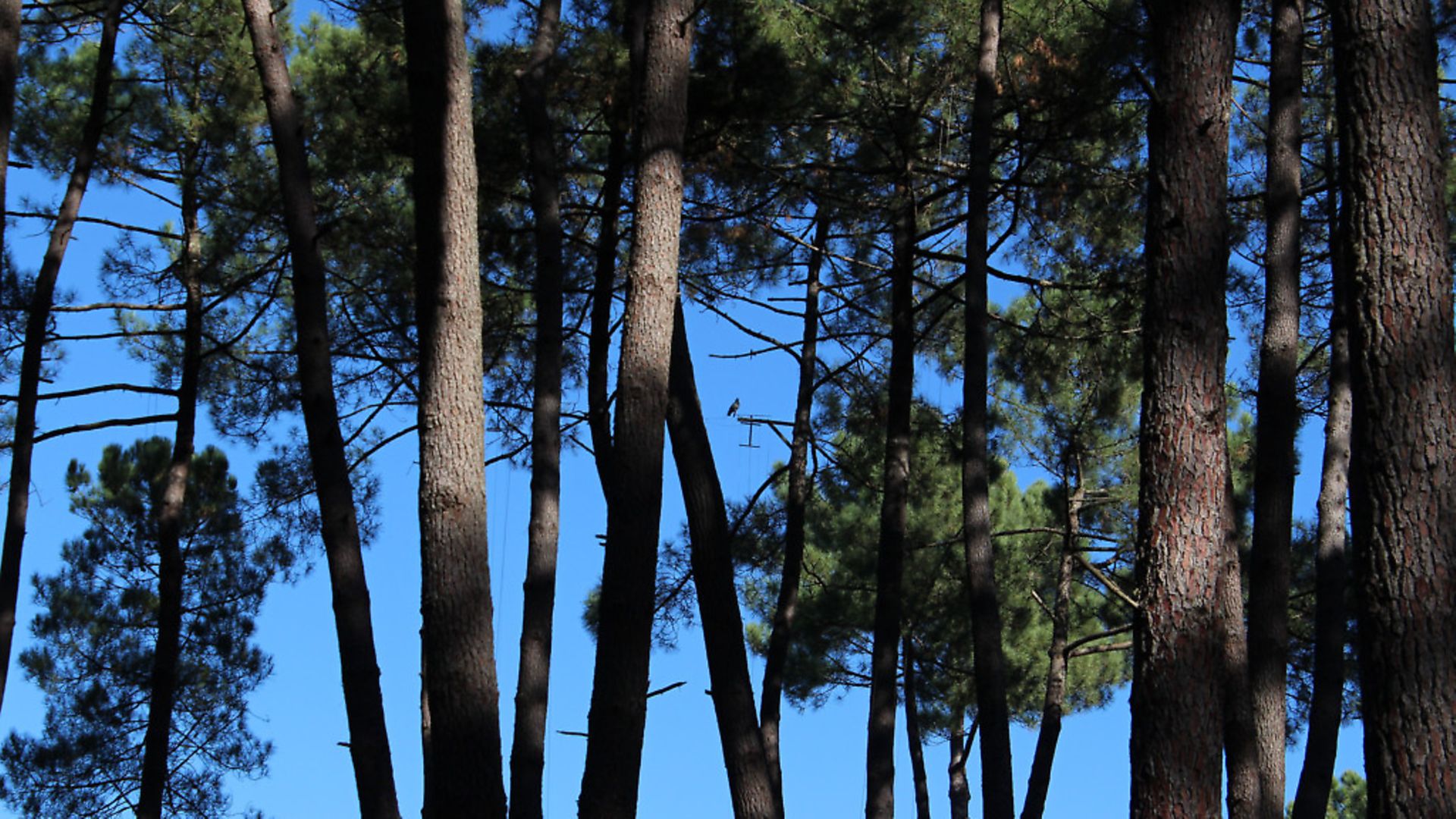 credit: Archant
credit: Archant
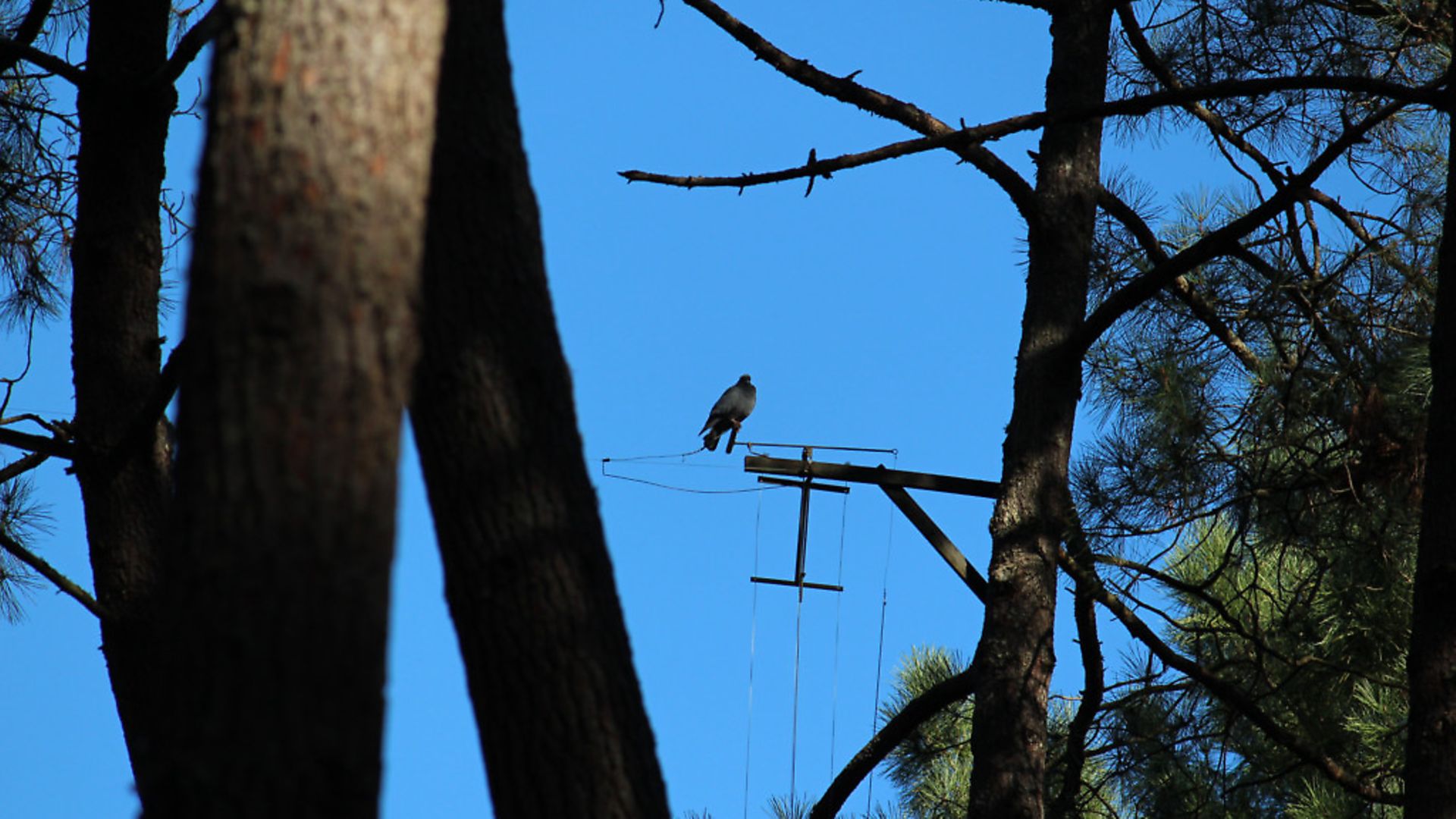 credit: Archant
credit: Archant
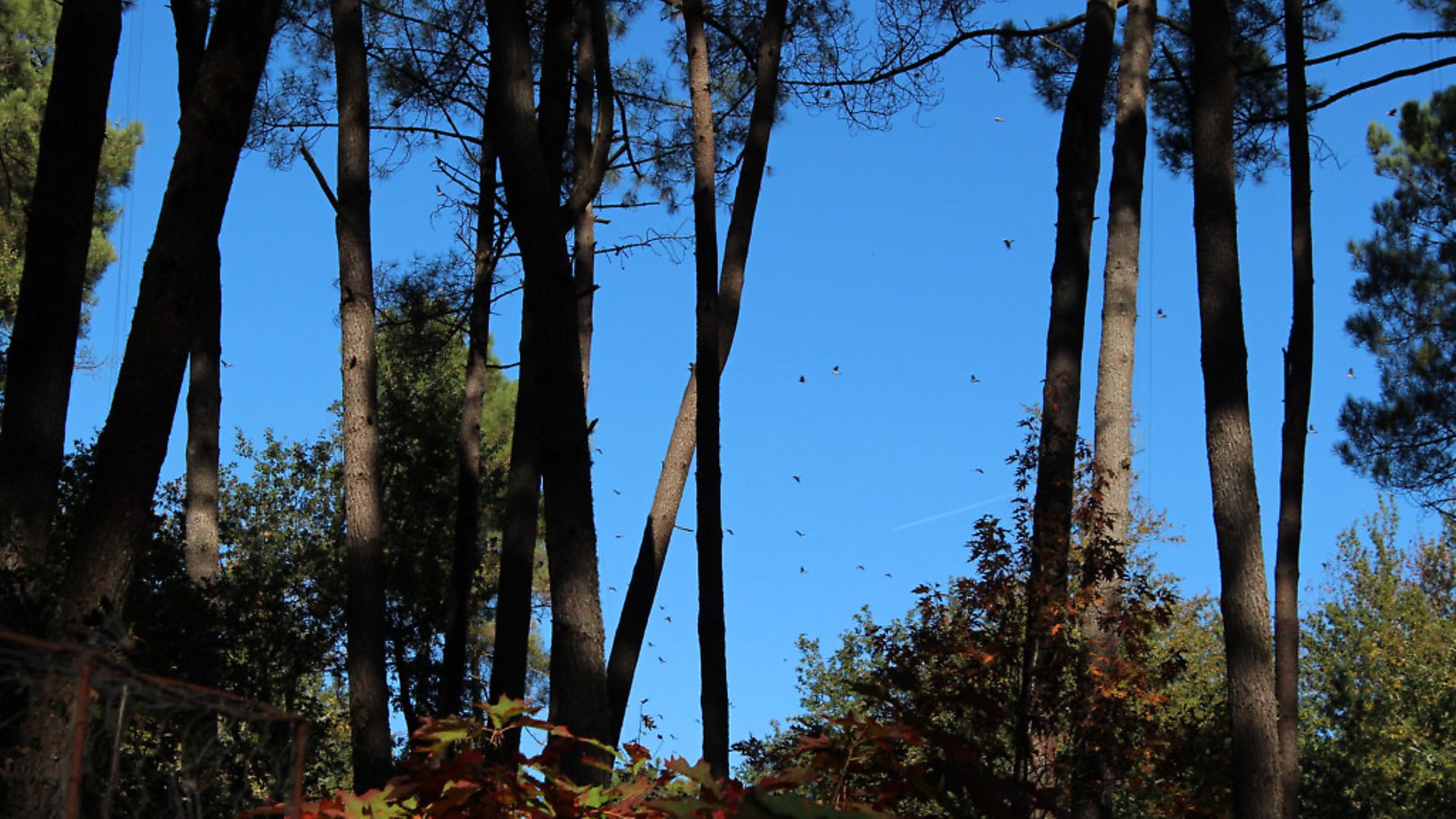 credit: Archant
credit: Archant
 credit: Archant
credit: Archant
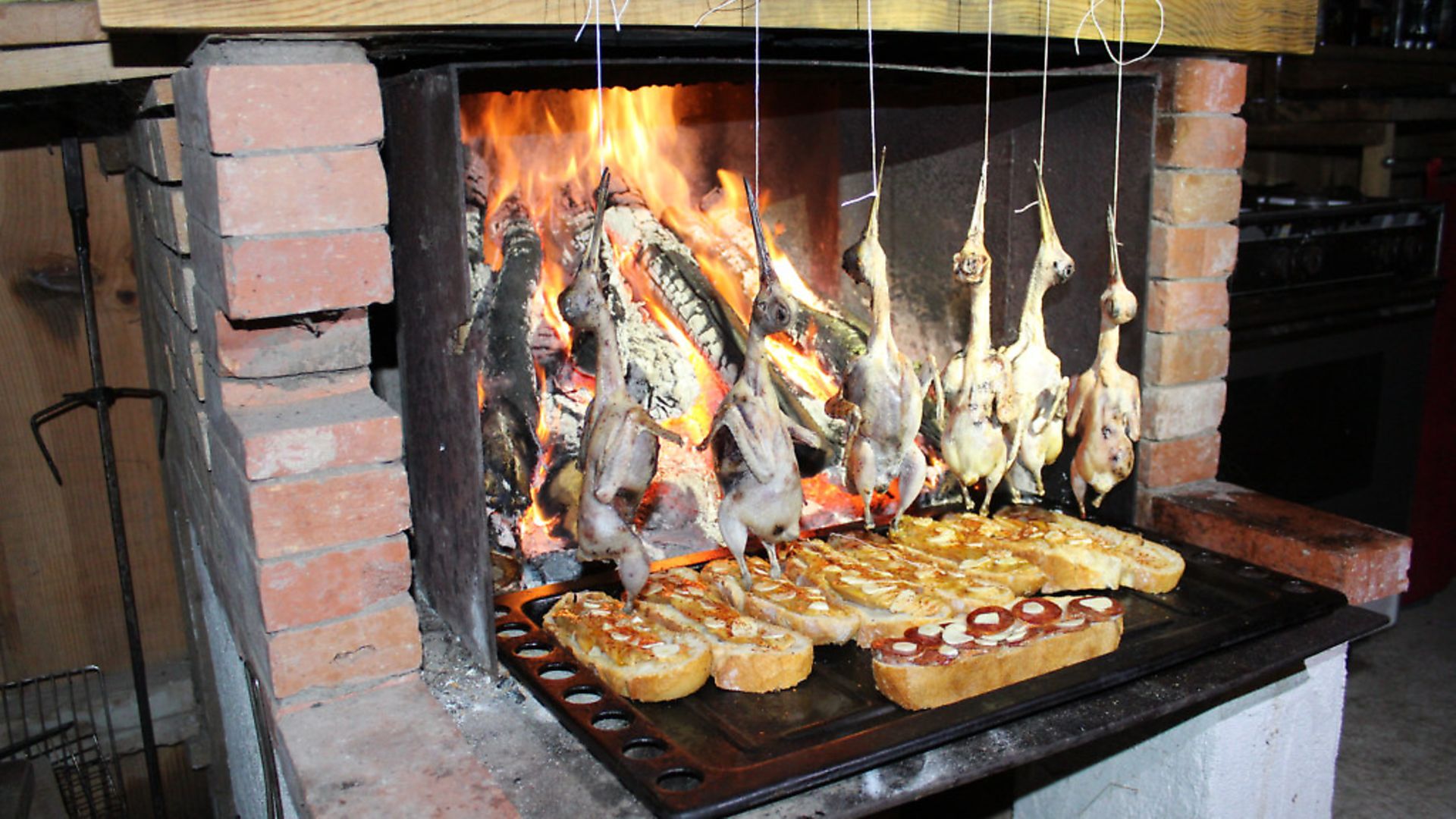 credit: Archant
credit: Archant